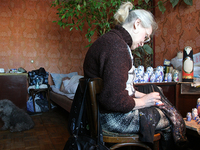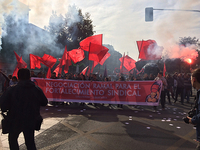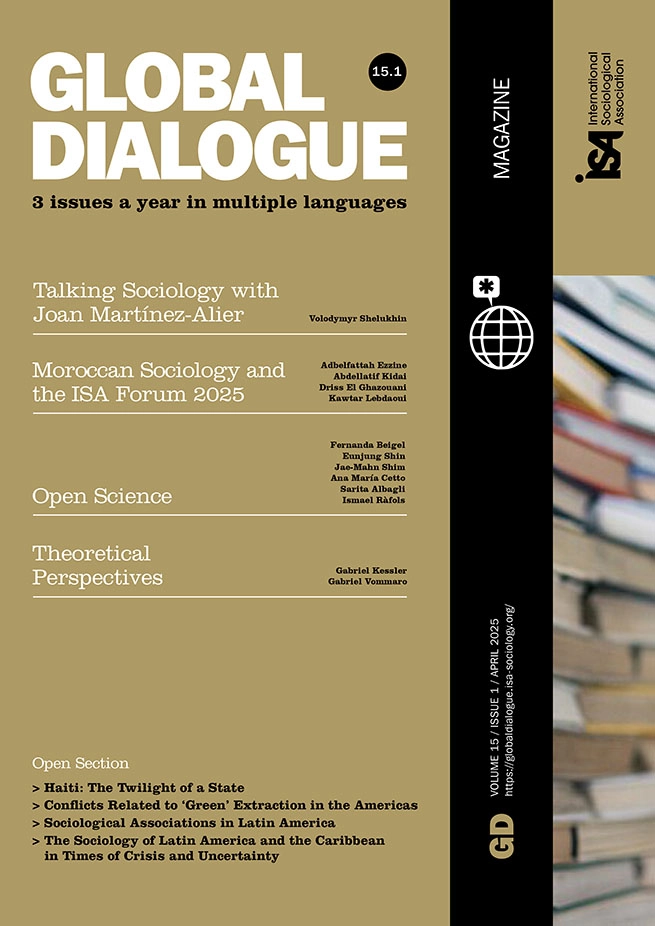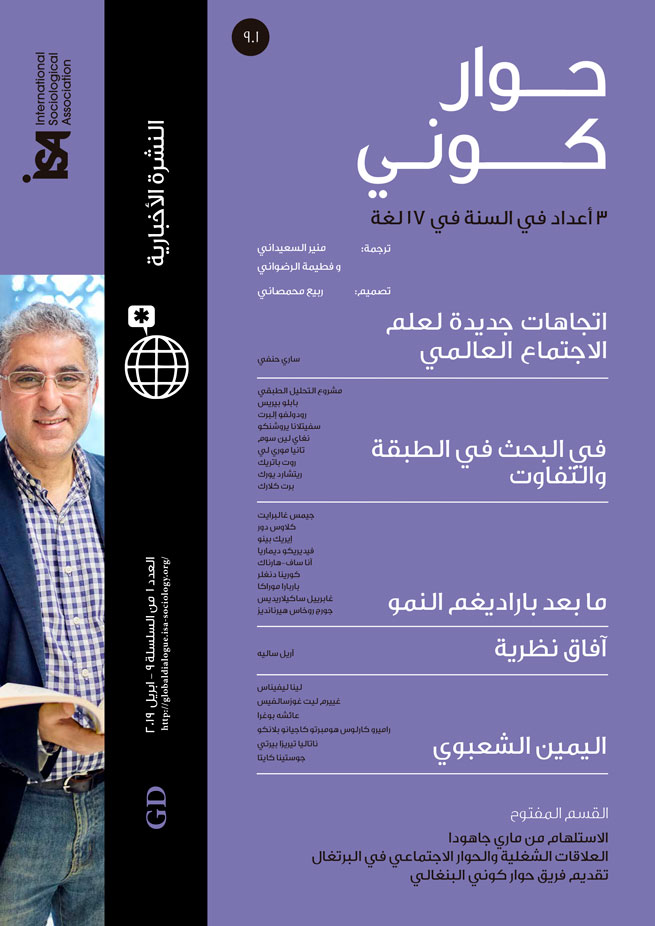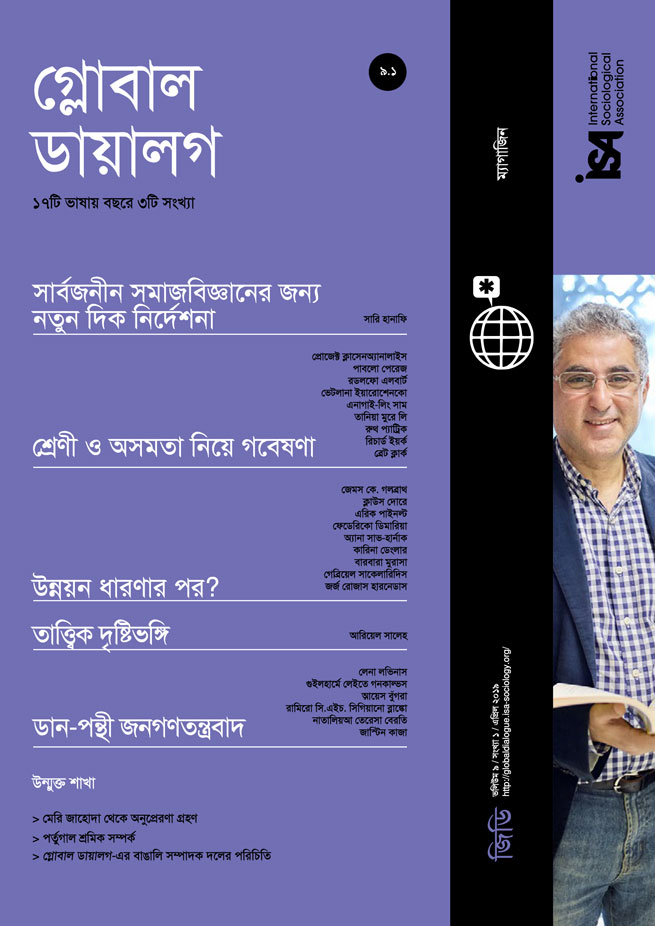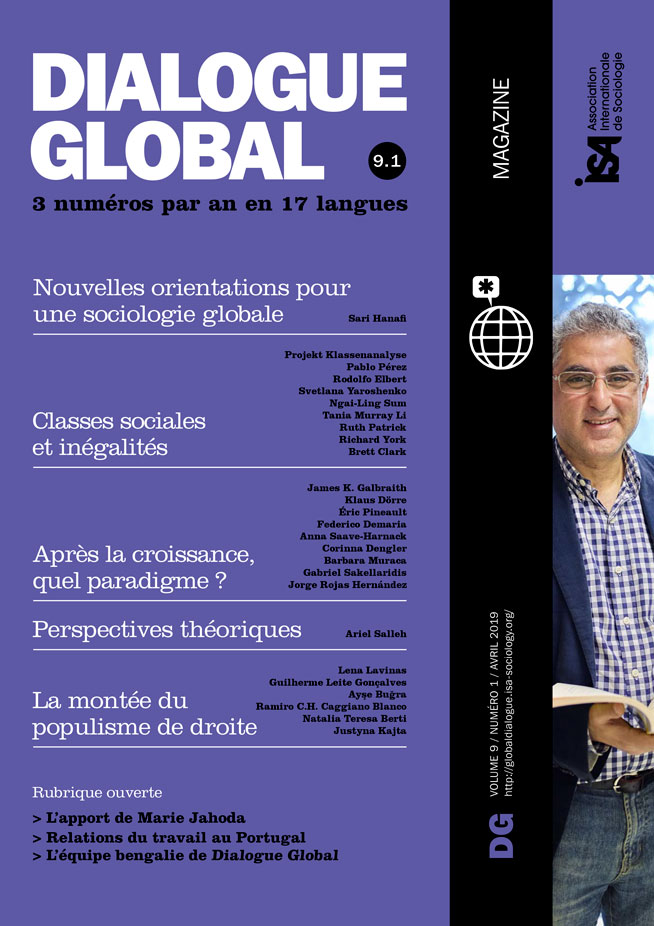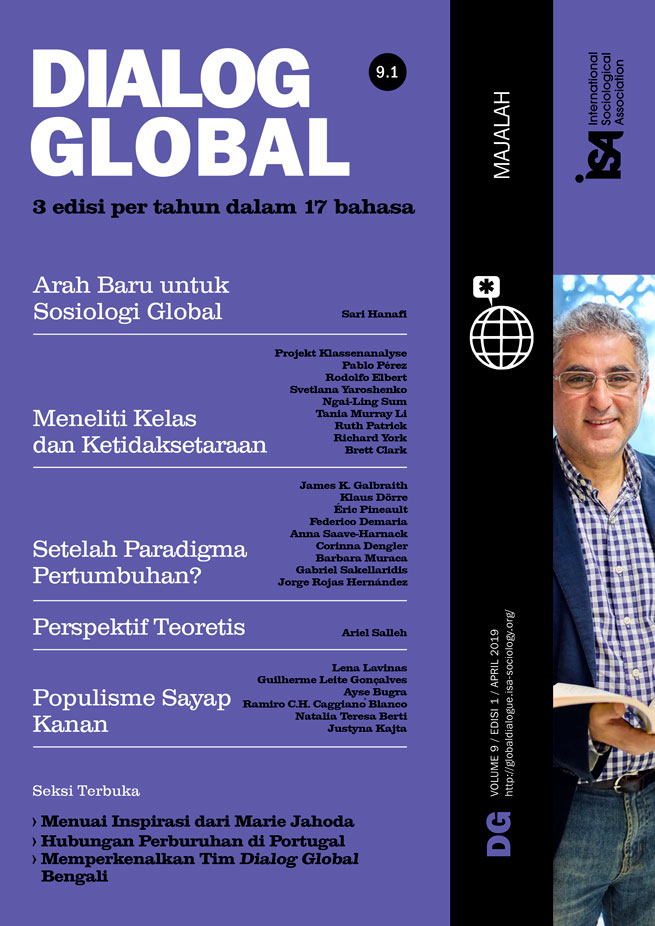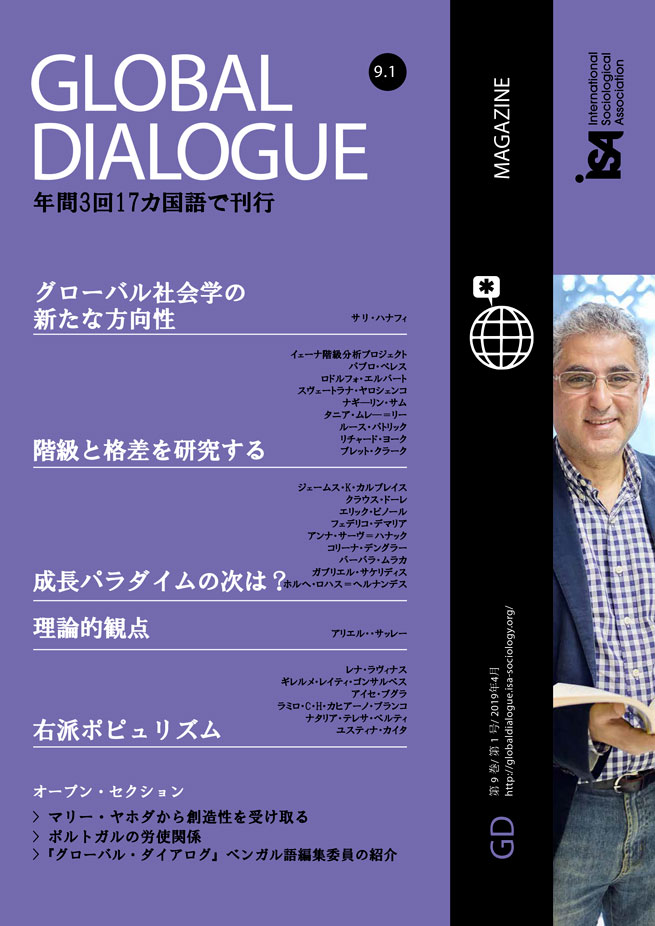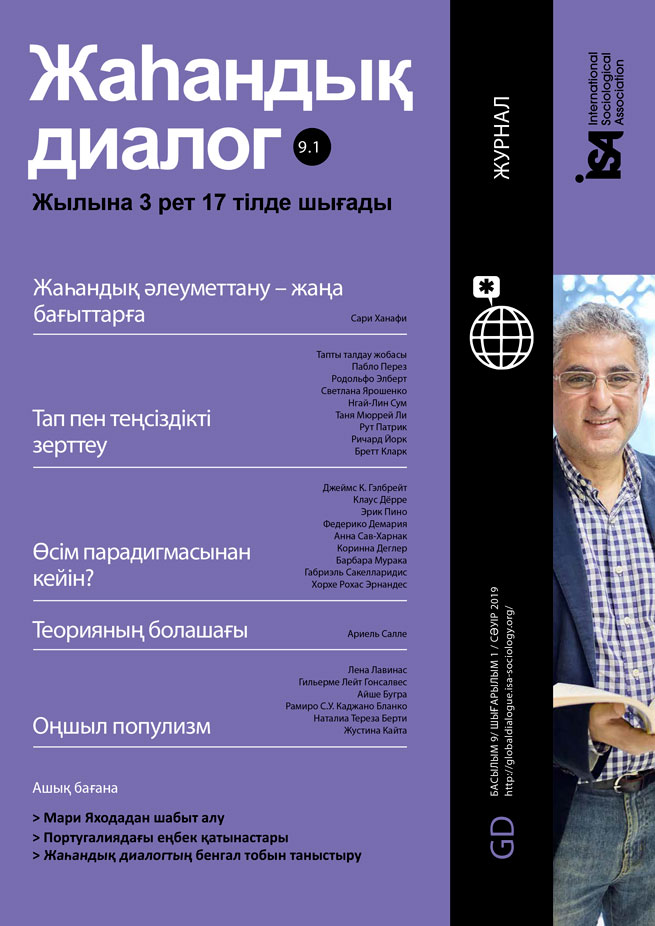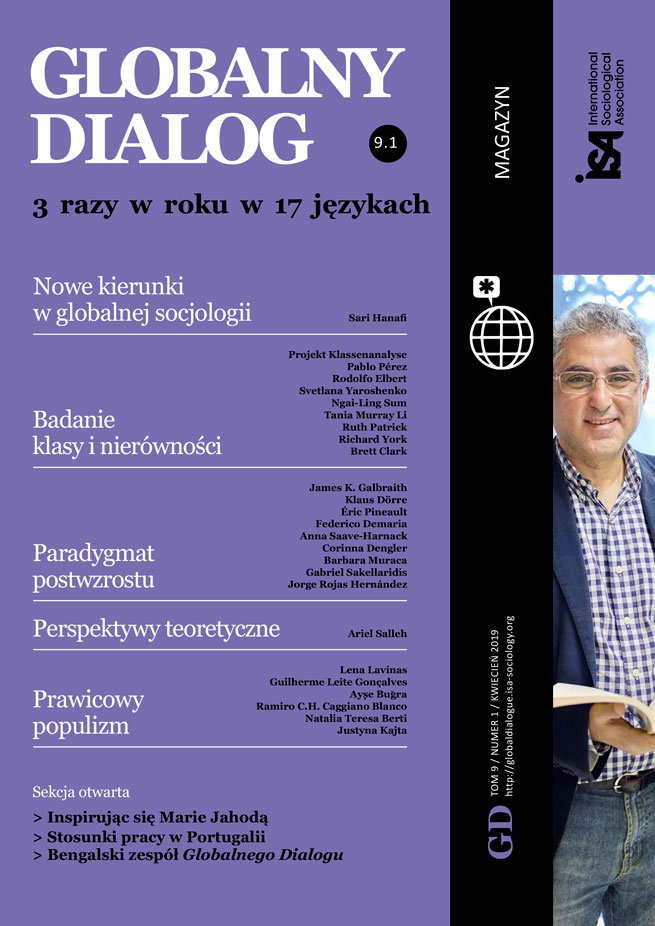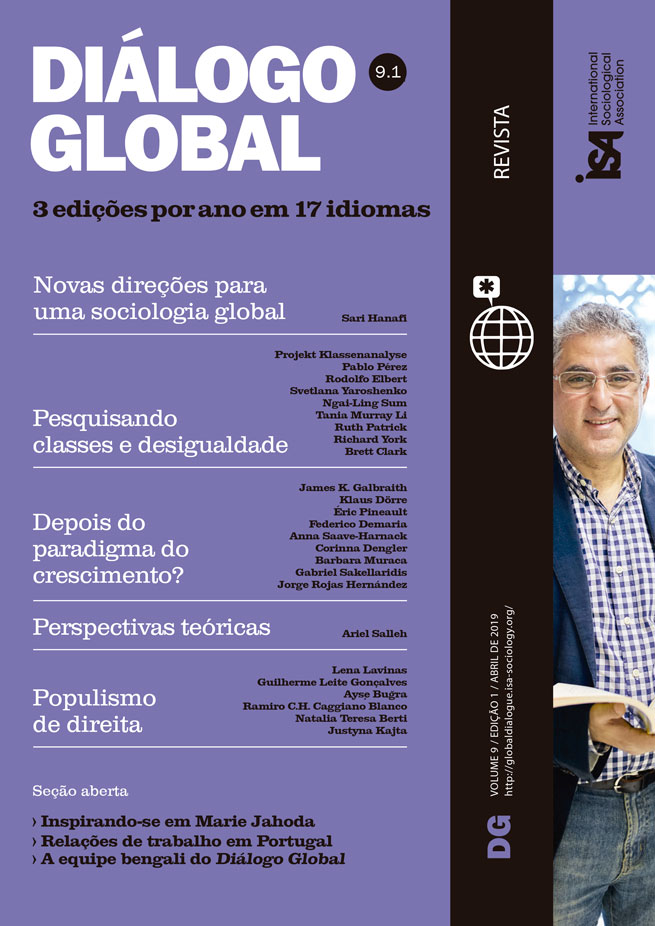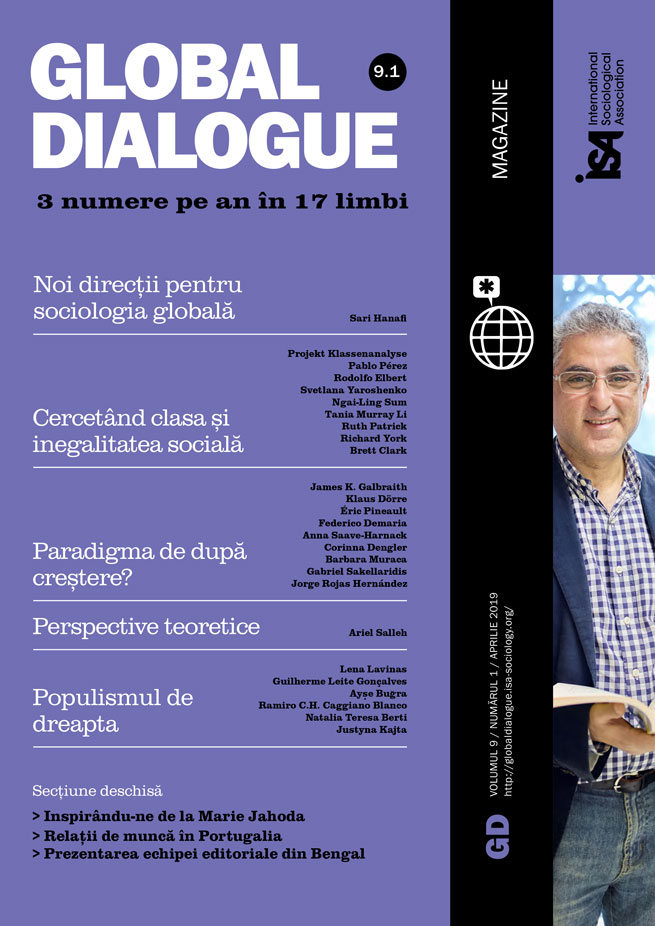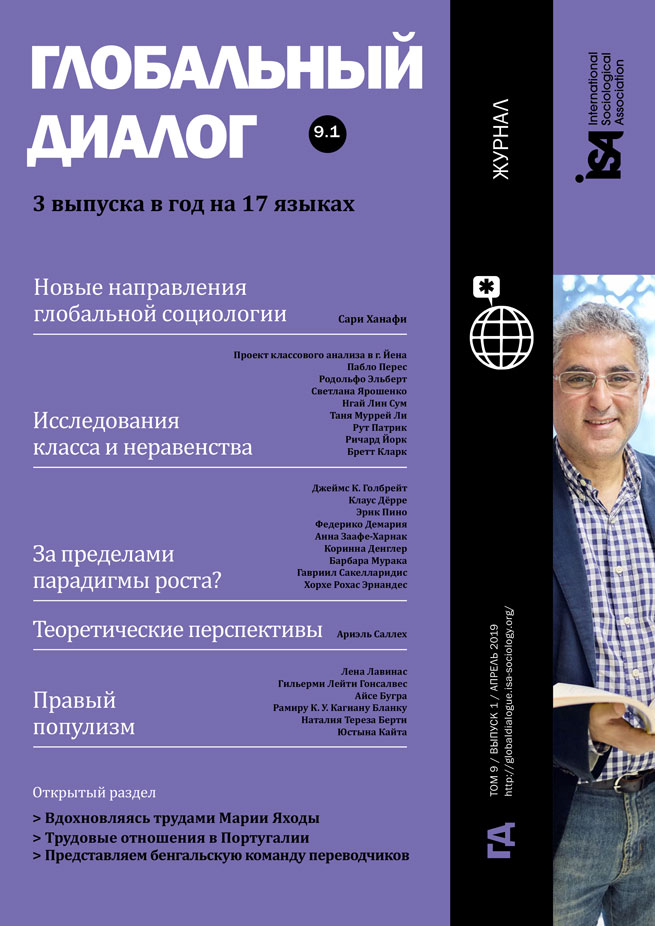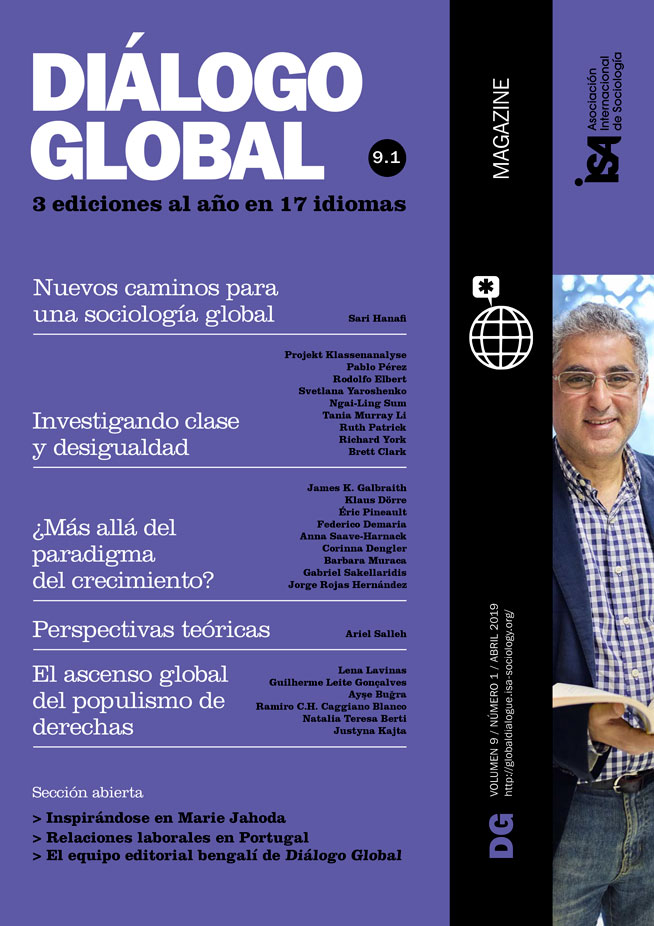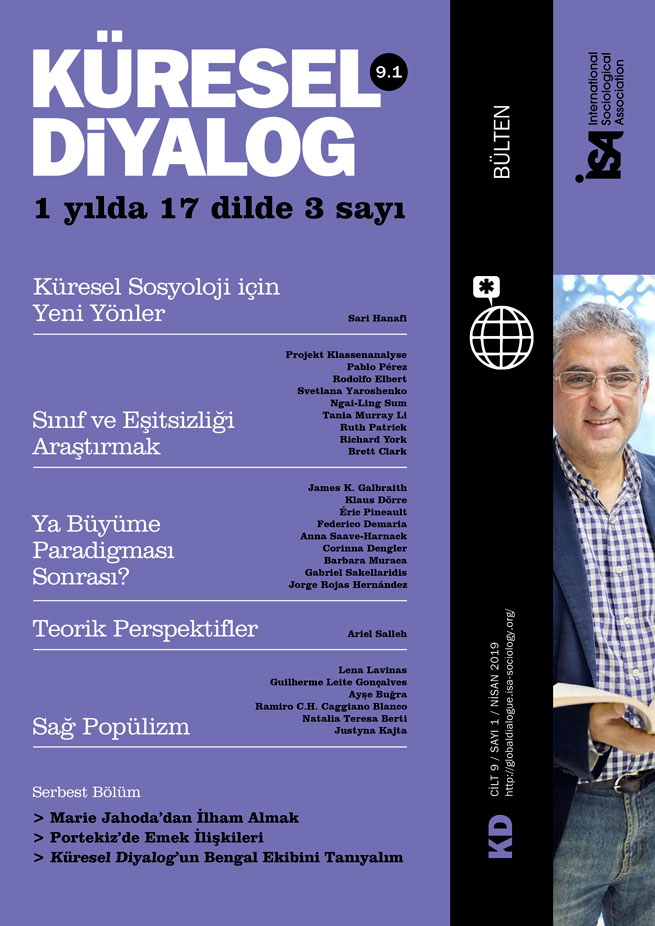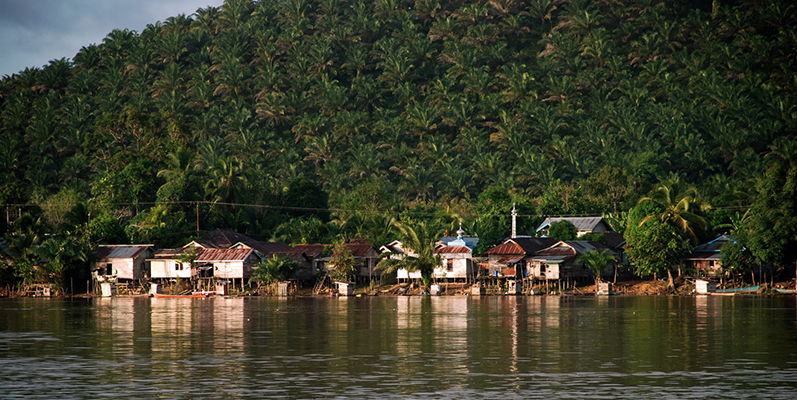Who owns what? Who does what? Who gets what? What do they do with the surplus? These four questions, concisely posed by agrarian scholar Henry Bernstein, offer a useful starting point for the analysis of rural class formation. The questions work especially well in places where ownership of farmland, and the capacity to invest surplus in increasing farm scale and efficiency determine which farmers can sustain their farms and accumulate, and which are squeezed off their land. I studied such a place in a remote corner of rural Indonesia, where I tracked the rapid formation of rural classes after indigenous highland farmers staked out individual plots from their former common land, and started to plant cacao. From then on, they did not have the option to withdraw into subsistence production, as their small residual plots of land could not grow enough food for the family and to cover cash needs for clothing, school fees, and so on. Hence they had to intensify market-oriented production, and hope to make enough money to cover family needs and keep their farms productive. Those who failed lost their land. It was a textbook case of what happens when small farms become just like small firms: governed by capitalist relations, they are vulnerable to losing everything when they cannot invest to keep their enterprise competitive; and they cannot just hold on as they are either, for they cannot make ends meet.
Increasingly, the process of agrarian class formation I have just described is modified by a range of other factors. The most important are government transfers and remittances. A farm family receiving a regular government cash transfer like Brazil’s “Bolsa Família”, or remittances from family members working elsewhere, has a cushion to protect them from losing their farms when times are hard (e.g., when there are low prices, unmanageable debt, bad harvests, sickness or family emergencies). Remittances may be used to buy land, engage in money lending, or invest in education. They can also be used to build impressive houses or stage elaborate weddings that may look like wasteful expenditure, but serve to build a family’s social networks and increase its access to productive resources (e.g., contracts, loans, information, subsidies). We can see “remittance houses” and other symptoms of the transformed roles of land, labor, and capital all over rural Asia, Africa, and Latin America today. At this point, the four questions outlined above (who owns what, who does what, who gets what, what do they do with the surplus) can still serve to analyze rural class formation, but they need to be interpreted more broadly to incorporate a wider range of off-farm relations.
Moving up the scale from small or household-based farms to control over large tracts of land, class analysis is complicated by the non-market powers that determine “who owns what” and “who gets what” in rural areas. In the Philippines, as in much of Latin America, big landlords who obtained their land in Spanish colonial times dominate politics, and they fix the rules so that they can hold onto their land whether or not it is productive. In Indonesia and elsewhere in Southeast Asia where there is no colonial history of large landholdings, contemporary politicians and government officials use the official and unofficial powers of their office to obtain access to large tracts of land. In these places, it is not land that yields political office, but political office that yields land. Since the land may be held in speculation, or flipped for a profit, being a “landowner” does not necessarily have much to do with capitalism or with agriculture.
Understanding the class character of large farms and plantations has become urgent today, because this form of production is greatly expanding. In Indonesia, for example, massive oil palm plantations cover 10 million hectares, and the government wants to expand the area to 20 million. In Laos and Cambodia, it is rubber plantations that take up more and more space. In Brazil and neighboring countries, it is massive mechanized soy farms. Often these large farms and plantations, whether they are owned by individuals or by national or multinational corporations, are not “capitalist” in the textbook sense, as they do not pay market price for any of their inputs. They are hugely subsidized by the lease of state-claimed land for free or at minimal cost, state-supplied infrastructure, tax breaks, and cheap credit. Sometimes, they also obtain cheap labor, conveniently supplied by state-backed migration schemes. In fact the multinational “investor” - often imagined as the model capitalist - may invest very little or nothing at all, relying instead on free and subsidized inputs. Large farm enterprises may rely heavily on contract farming or outgrower schemes, which muddy the question of who really owns what, and who gets what portion of the profits that flow. Subsidies for large farms are justified by the argument that large scale producers bring “development” and jobs - heavily discounting the more varied kinds of jobs and development that they displace, or the opportunities for coercion and extortion that go along with their monopoly position.
Government officials and politicians profit from the expansion of large farm enterprises, which open up a stream of revenue from permits, fees, kickbacks, and extortion. They often sit on corporate boards. How can we analyze the class configuration of these personal-state-corporate hybrids? The class relations we can observe between capital and labor at the point of production are still important, but other scales and relations need to be examined as well. Global capital doesn’t just land in a country like Brazil or Indonesia by itself – its path is enabled by all kinds of links, coalitions, laws, and discourses. Some of the terms coming up in the literature highlight the entanglement of state and non-state powers in enabling this kind of investment, hence “predatory elites” or “crony capitalists.” Such hybrids are not unique to agriculture or to the Global South. Major corporations are very often supported by political favors and state-licensed monopolies, and reap mega-profits from their capacity to capture unearned rents. The initial four questions can still serve as a guide for analyzing these formations: we still need to know who owns what, who does what, who gets what, and what they do with the surplus. But again, the questions need to be stretched to incorporate forms of property, work, and investment that operate across scales. The more stretched and entangled the class formations, the more obscure they are to the plantation workers, contract farmers, or independent smallholders who are locked into extractive relations they cannot identify, still less contest.
Tania Murray Li, University of Toronto, Canada <tania.li@utoronto.ca>



